I tried to write a function which would run other functions "safely". By safely here I just mean I don't want scripts to fall over if some plot functions fail. Simple example:
library(ggplot2)
library(purrr)
## function I thought I could use to run other functions safely
safe_plot <- function(.FUN, ...) {
safe_fun <- purrr::possibly(.f = .FUN, otherwise = NULL)
safe_fun(...)
}
## Simple plot function
plot_fun <- function(df) {
df %>%
ggplot(aes(xvar, yvar)) +
geom_point()
}
## Works for good data
some_data <- data.frame(xvar = 1:10, yvar = 1:10)
safe_plot(.FUN = plot_fun, df = some_data)
## Works here for data that is not defined:
> safe_plot(.FUN = plot_fun, df = not_defined)
NULL
## Falls over for an empty data frame
empty_data <- data.frame()
> safe_plot(.FUN = plot_fun, df = empty_data)
Error in FUN(X[[i]], ...) : object 'xvar' not found
What I would like is a generic function that I can pass plot functions to which - if an error occurs - won't stop a script. I know I could do the following for example:
## Simple plot function with check
plot_fun <- function(df) {
if (nrow(df) > 0) {
df %>%
ggplot(aes(xvar, yvar)) +
geom_point()
}
}
But here I'm more interested in learning about why purrr::possibly did not catch the error and a perhaps a better way to go about this problem...assuming I don't care what may have caused an error.

